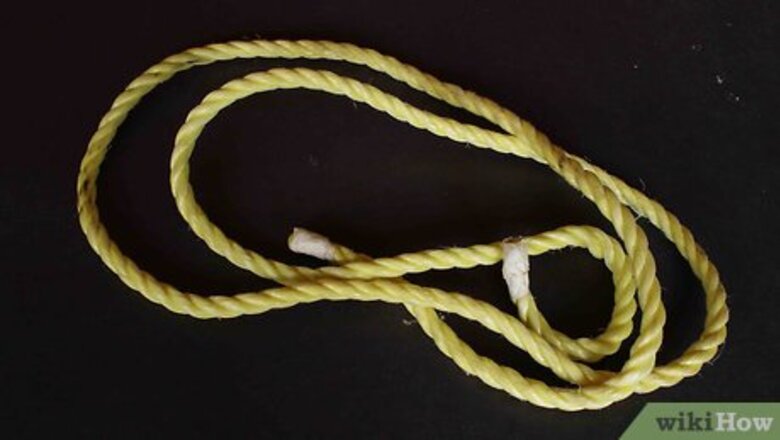
views
Tying a Lasso With a Honda Knot
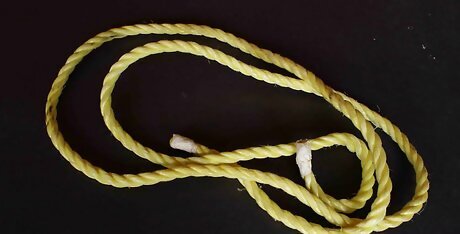
Grab a length of rope. For a lasso, the exact length of rope you use isn't important, provided you have enough length to tie your knot, form the loop, and twirl it above your head. Any extra length can be coiled up and carried with you. For adults, about 30 feet (9.1 m) of rope is plenty; for children, shorter may be better. If you're just practicing, nearly any type of rope will suffice. However, if you intend to actually use your lasso, you'll want a thin, tough, somewhat stiff rope. Stiffness makes the rope a little harder to tie. However, it's a desirable quality because it allows you to "push" the rope to make adjustments to the size of your loop.
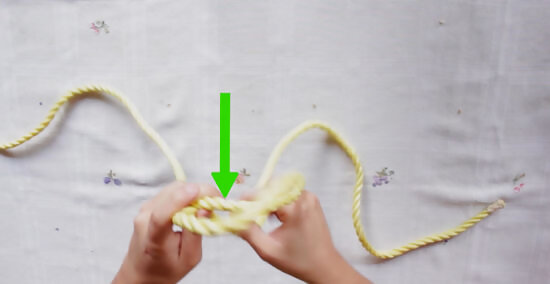
Tie a loose overhand knot. The first step in tying a lasso is to make a simple overhand knot. An overhand knot is the basic type of knot you're probably familiar with from everyday life. To make one, just create a loop in your rope, then pass one end of the rope through the loop. Don't tighten this knot - keep it loose and give yourself lots of slack to work with. You'll be modifying this basic knot in the next few steps. When done correctly, your rope should now look like a large "O" with the loose knot at the bottom.
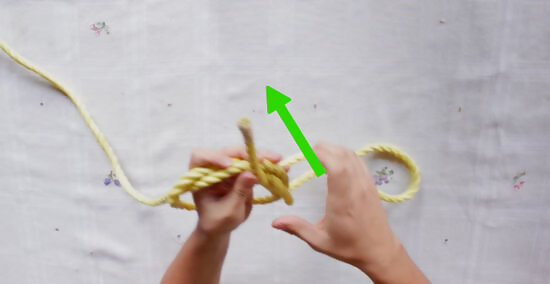
Pass the tail end of the rope back through the knot. Take the shorter "tail" end of the rope in your hand. Pull this end of the rope around and over your "O" loop. Thread this length of rope between the outside of the "O" portion of the overhand knot and itself. Pull the rope about 6 inches (15.2 cm) through. This will form a new loop which will become the base of your lasso.
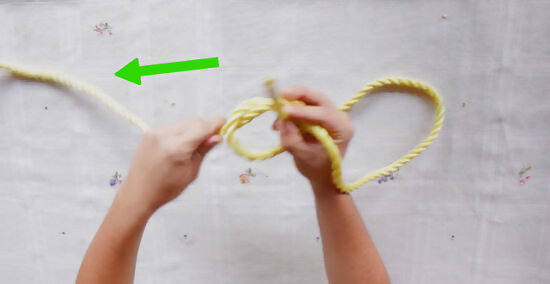
Carefully tighten your knot without pulling the tail end through. Pull on the slack end of the rope (the part you'll hold onto when you throw your lasso) and the new loop you just made. As you do this, be careful not to pull the tail end of the rope back through the knot. When finished, you should have a tight knot at the base of a small loop (with the tail end of your knot extending from the knot as well). This is called a Honda knot.
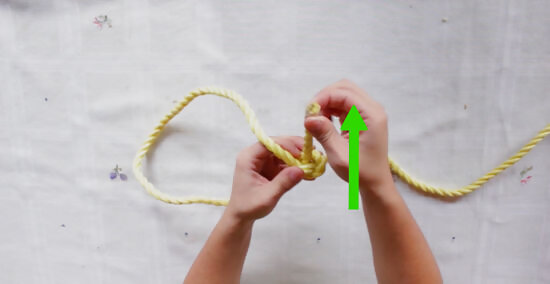
Pass the slack end of your rope through the Honda knot. Finally, simply pass the long slack end of your rope through the small loop in your Honda knot to create a functional lasso. By pulling on the slack end of the rope, you can tighten the lasso to grab onto objects.
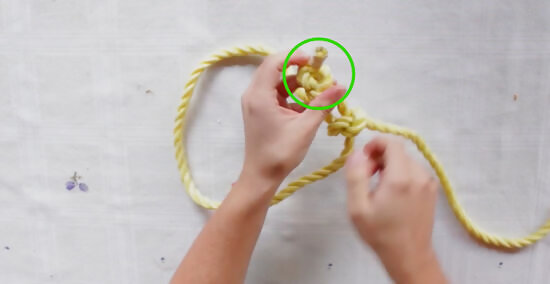
Tie a stopper knot (optional). If you're just making a lasso for fun or for display purposes, you're finished. However, if you intend to actually use it, you may want to tie just one more knot to make your lasso more durable and easy to use. In its current state, the short tail end of your lasso can be pulled back through the Honda knot, causing your knot to come undone and ruining your lasso. To prevent this, simply tie a tight stopper knot at the end of the tail. A basic overhand knot will do.
Throwing a Lasso
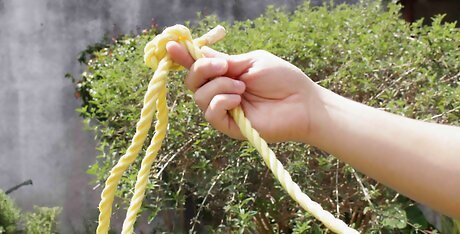
Hold your lasso. If you simply grab onto the slack end of your rope and start to swing, the tension in the rope will pull the loop in your lasso shut before you can throw it. So, it's important to use a grip that keeps your lasso wide open as you twirl it and build momentum. Hold your lasso as directed below: Make a nice, big loop by feeding slack through your Honda knot. Lay a foot or two of the leftover slack rope next to your loop. Grab the loop and the length of slack rope together. This should create a "doubled-up" length of rope between the Honda knot and your hand. This doubled-up portion is called the "shank." Point your index finger down the shank towards the Honda knot for added control.
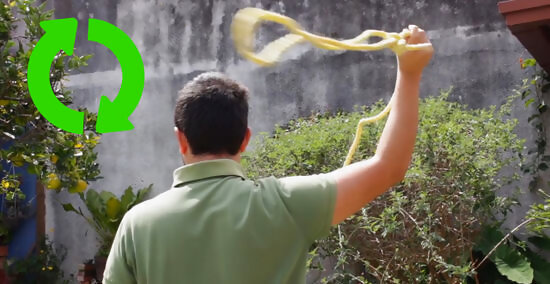
Twirl your wrist around over your head with the rope. Holding the rope at the end of the shank, begin to swing it in a circle above your head. Be careful not to hit your head or to catch yourself by the neck. Swing fast enough that it's not difficult to keep the loop roughly horizontal, but not so fast that you struggle to control it.
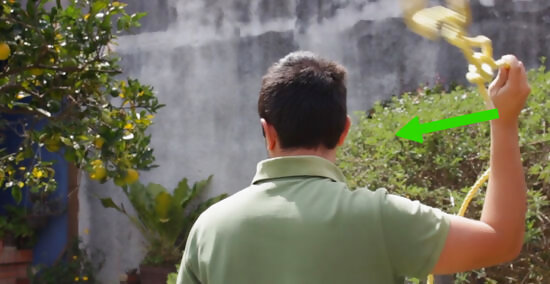
Release the rope as you feel its momentum swing forward. Throwing a lasso isn't the same as throwing a baseball - it's more a matter of releasing the lasso at the right time than of propelling it forward. Try to let go of the lasso as you feel its weight swing forward - this isn't necessarily when the loop itself is in front of you. Rather, it's most likely when the loop is directly to your side. When you throw the lasso, let go of the loop itself but keep control of the rope so that you can tighten your lasso.
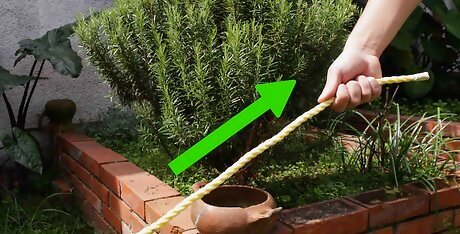
Tighten the lasso to grab your target. Once it's around whatever you're trying to lasso, pull hard on the rope.This will pull the slack in the loop through the Honda knot, tightening the lasso around whatever object is inside it. Never use a lasso on people or animals unless you're an experienced roper - unsafe lasso use can cause suffocation or damage to the throat. It's also difficult or impossible for someone (or something) to remove a lasso without help, so don't run this risk unless you know what you're doing.


















Comments
0 comment